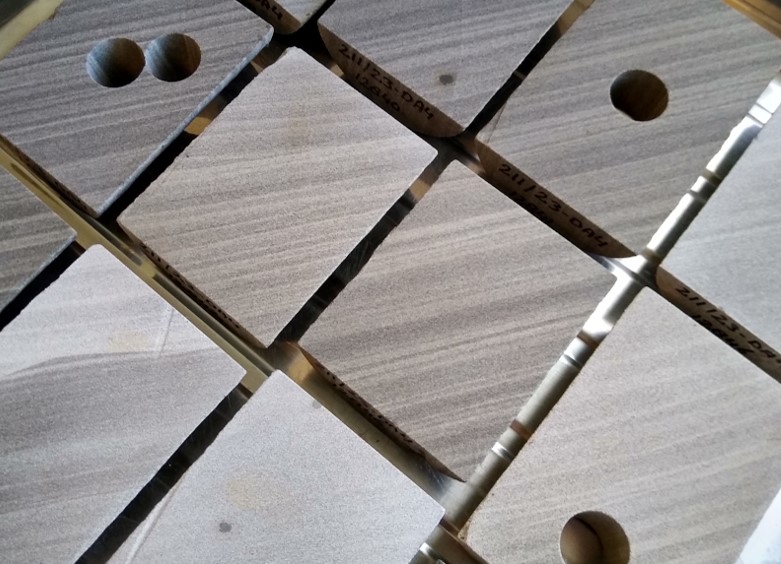According to the NPD, there are currently five exploration wells drilling in the Norwegian sector, whilst in the UKCS there is no exploration drilling taking place at all.
2020 was a very quiet year for the UK too, with only three areas targeted by four exploration wells: the Finzean prospect in the Inner Moray Firth (12/30-2), the Middle Jurassic Gair prospect in the Beryl area and the Eocene cross-border injectite play in the same area. In contrast, 31 spuds were recorded in the Norwegian sector in 2020. Although some of those were side-tracks, the number is still a lot higher than what was seen in the UK.
Based on these statistics, it would be easy to assume that exploration drilling is non-existent in the UK, whilst in the Norwegian sector there is plenty to explore for. This would however be a wrong conclusion, once you start looking at individual cases a bit more.
Tax incentive
First of all, it is important to be aware of the fact that Norway has got a more favourable tax regime than the UK when it comes to exploration drilling, with a tax value refund of up to 78% for drilling exploration wells. For that reason, there is an incentive for Norwegian explorers to carry wells as exploration, where this incentive does not apply to the UK.
If we look at the geological setting of the wells currently being drilled, both in the UK as well as in Norway, some wells in the Norwegian sector would almost certainly be classified as appraisal in the UK and some appraisal/development wells in the UK would be carried as exploration in Norway.
On that basis, as the below examples will show, it is too easy to conclude that exploration drilling is thriving in Norway and non-existent in the UK, leaving the apparent impression that there is nothing more to chase in the UK. The exploration picture in both the Norwegian and UK sectors looks more similar once the geology is taken into account.
Glengorm
An example of a UK appraisal well that is currently being drilled is Glengorm well 22/26d-3. However, based on its surface position, it seems that the well is targeting a nearby prospect separate from Glengorm (Cringletie prospect). Based on this information, well 22/26d-3 would most probably have been classified as an exploration well in Norway.
Jerv
Another example is the currently drilling Jerv well 15/12-25 in the Norwegian sector, just north of the UK Fleming field. As Niels Arveschoug pointed out in an article last week, this well should be regarded as a low-risk appraisal well for the UK Fleming field as it targets a northerly extension of the Maureen reservoir sands.
The Bacchus development well – or exploration?
There is another well that is worth mentioning here, and that is 22/06c-B4 operated by Apache on the Bacchus field in the Central North Sea. The OGA carries the well as development but documents submitted to the Department for Business, Energy & Industrial Strategy (BEIS) by Apache state the well as exploration. The TD coordinates provided by the OGA indicate that the well is aiming at an area south of the current Bacchus field, suggesting that another Fulmar reservoir compartment may be targeted. Based on this information, 22/06c-B4 is another example of a well that would probably have been carried as exploration in Norway.
Near field exploration taking place both in the UK as well as in Norway
Taking all of this into account, if one starts to look at the geological setting of the wells currently being drilled in both the UK and Norway, a picture emerges of near-field exploration taking place both in the UK as well as in Norway to an extent that it wouldn’t be accurate to conclude that exploration is limited to Norway only.
HENK KOMBRINK





